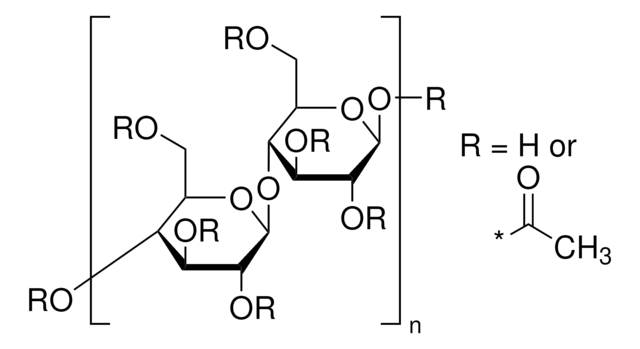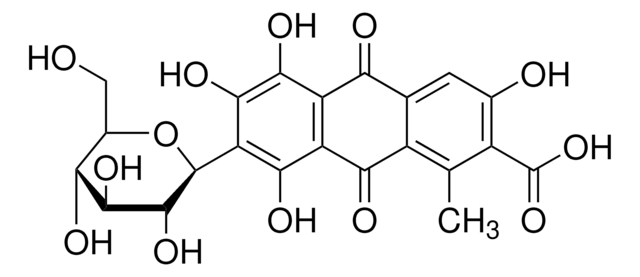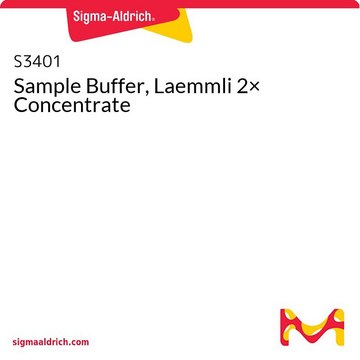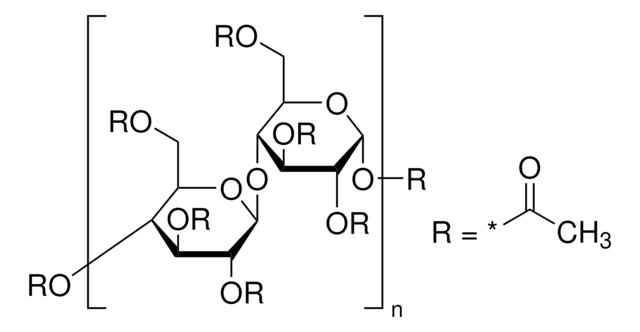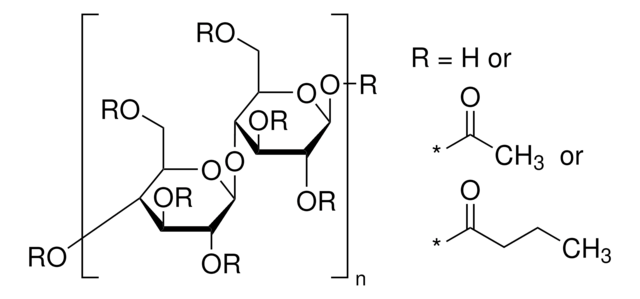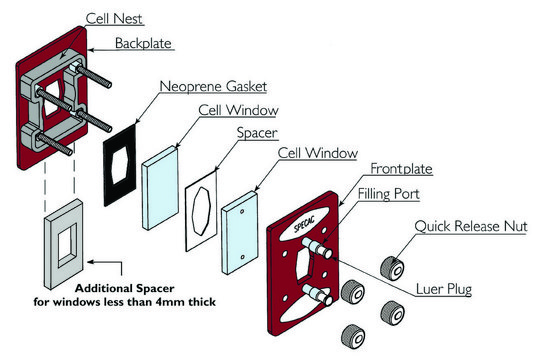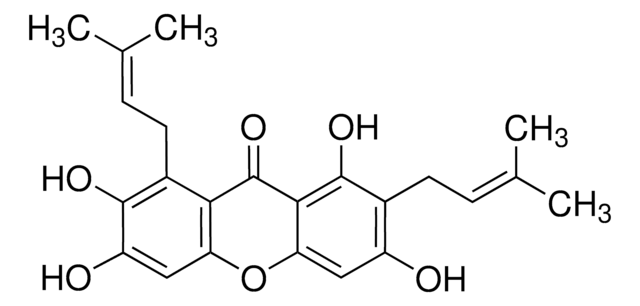02563
Cellulose acetate
for column chromatography, SAC 20, acetylated
Synonym(s):
Acetylcellulose
About This Item
Recommended Products
grade
for column chromatography
form
powder
quality
acetylated
mol wt
Mr ~37000
extent of labeling
20% substitution (acetyl groups)
technique(s)
LPLC: suitable
refractive index
n20/D 1.475 (lit.)
matrix
acetylated cellulose acetate
capacity
1.0 meq/mL
density
1.3 g/mL at 25 °C (lit.)
separation technique
reversed phase
Looking for similar products? Visit Product Comparison Guide
Storage Class Code
13 - Non Combustible Solids
WGK
nwg
Flash Point(F)
Not applicable
Flash Point(C)
Not applicable
Personal Protective Equipment
Regulatory Information
Choose from one of the most recent versions:
Certificates of Analysis (COA)
Don't see the Right Version?
If you require a particular version, you can look up a specific certificate by the Lot or Batch number.
Already Own This Product?
Find documentation for the products that you have recently purchased in the Document Library.
Our team of scientists has experience in all areas of research including Life Science, Material Science, Chemical Synthesis, Chromatography, Analytical and many others.
Contact Technical Service